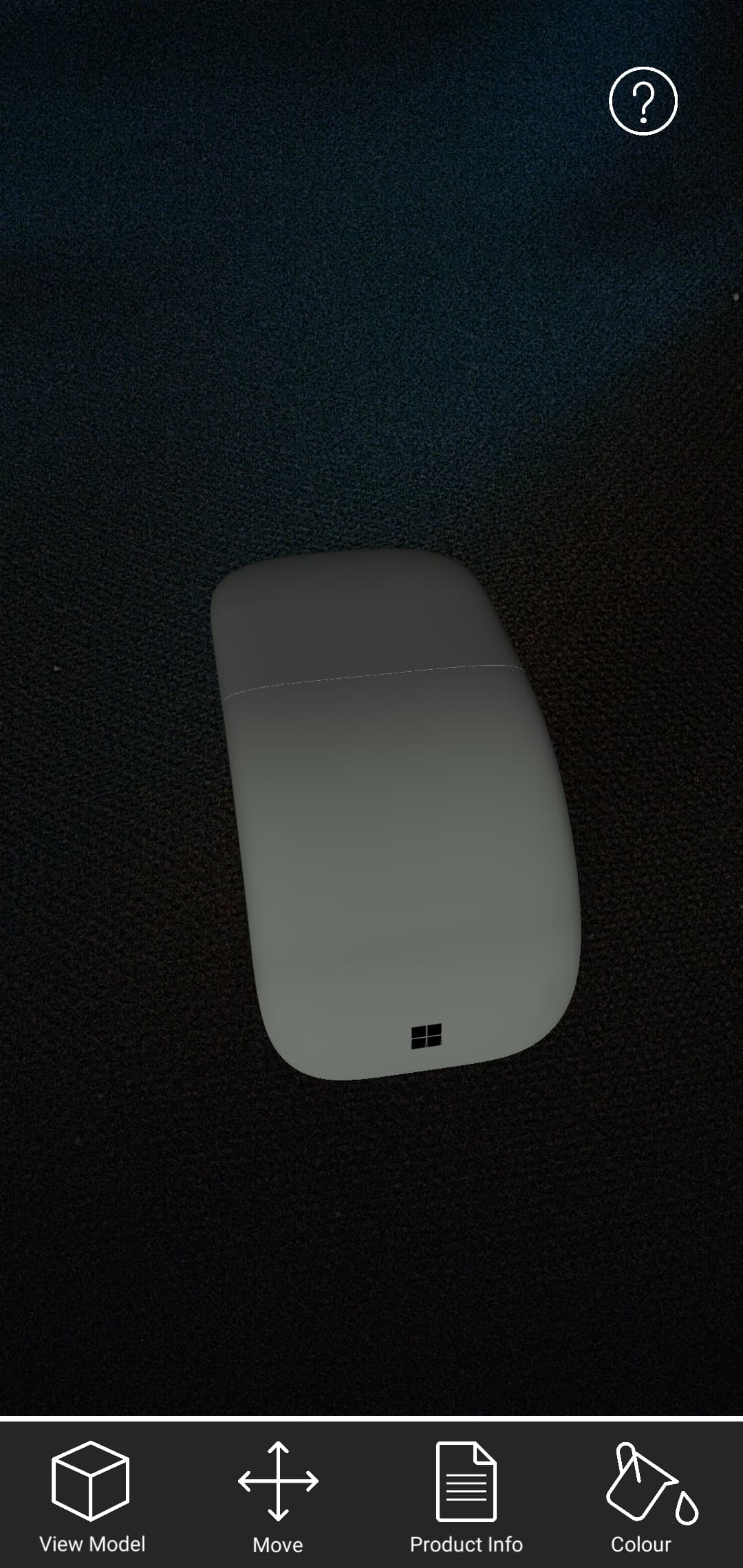
Daisy Ball
The research seeks to answer the question of just how effective Augmented Reality (AR) is as a marketing tool. Extended Reality has developed rapidly since its initial conceptualisation by Sutherland (1968). This research will explore how AR can be used effectively in marketing by implementing novel interaction styles.
The study will consider several key topics, Augmented and Mixed Reality, Interaction Styles, and Digital Marketing Technologies. The reason for exploring AR and marketing is due to potential career paths in evolving technologies alongside personal interests in both AR development and its impact on human behaviour.
The study aims to find out how effective AR is in marketing and the elements which make AR effective compared to other techniques such as more traditional digital methods. The results of which will be captured in both observations and questionnaires with participants, measuring their motivations and experiences.
Based on research by Javornik (2016, p.259), the hypothesis is AR will have a positive effect in marketing due to the interactivity and experimental value it provides. The research is significant due to the significant investment in and implementation of AR technologies in multimedia and will seek to consider the value of the technology within marketing.

Daisy Ball
The areas of research including AR and marketing were chosen due to a personal interest in AR and how it can be applied to everyday usage, particularly from a consumer perspective. Moreover, an interest into why or why not AR can be so impactful for marketing products.
This project is considered an explanatory study as the main element is to provide a better understanding of the effectiveness and impact of AR applications within marketing, rather than prove or disprove existing theories.
Secondary research such as journals, conferences, statistics and similar developments have been investigated to help inform and inspire the project and development of a mobile AR application. The most notable inspiration is the IKEA Place (IKEA, 2021) application.
Primary research has been utilised in the form a demo mobile AR application, developed with the Unity (2021) engine. The developed AR application showcases a pre-existing product and where possible the application has used the same content as the webpage. Further considerations include interactivity and visualisation.
A group of participants will explore the app, following with a questionnaire and semi structured interview to investigate their experience with the application. This will be compared with another group of participants who will act as a control group looking at the official product webpage and answering the same questionnaire and semi structured interview.
The importance and usefulness of this study as a whole cannot be determined as of yet as it is not complete. However, this research could be useful for providing the foundations for other research or future developments as it will contribute to the current understanding of consumer psychology and behaviours in relation to AR in marketing. Additionally, the knowledge gained, and development created will be of high importance on a personal level.
At this stage there are no main findings, however, based on similar research by Ozturkcan (2020), the assumption can be made that the AR application will have a positive effect from a consumer and retailer perspective, higher than that of the participants looking at the webpage.
































































































